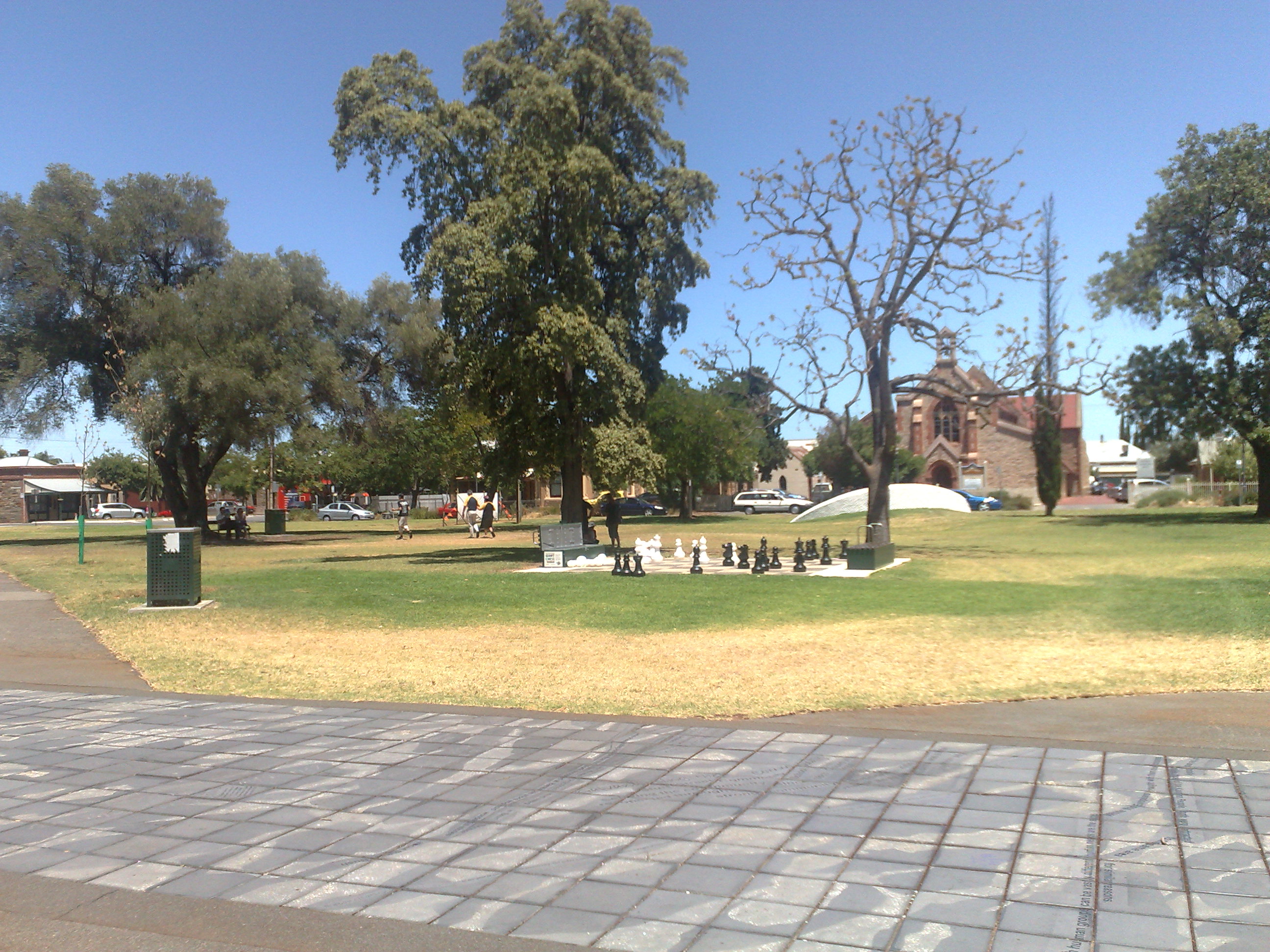|
James Maughan
Rev. James Maughan (October 1826 – 8 March 1871) was a Methodist minister in Adelaide, South Australia. His name was commemorated in the Maughan Church, Franklin Street, which has since been demolished. Biography James Maughan was born at Seaton Burn, near Newcastle-upon-Tyne and from an early age attended the Methodist New Connexion Sunday-school. He was a brilliant speaker, and at age 20 was called on to replace the ailing Rev. J. Hilton. In 1848 he was appointed minister on probation, preaching in the Bradford circuit. In 1849 he became minister at Macclesfield, followed by a year in Derby, another year in Dewsbury, two years in London, two years in Leeds, and three each in Dudley and Bristol. He was sent to Melbourne, Victoria aboard the ''Blanche Moore'' to serve as a New Connexion missionary, arriving in August 1862. He visited Adelaide in November 1862, and found he could be more usefully employed there. Within weeks the congregation had swollen to such an extent they ... [...More Info...] [...Related Items...] OR: [Wikipedia] [Google] [Baidu] |
Seaton Burn
Seaton Burn is a village in Tyne and Wear, England to the north of Newcastle upon Tyne, and adjacent to Wideopen which is just south of it. The A1 used to pass through the village but now bypasses the village just to the west, where it meets the A19 which is the link road to the Tyne Tunnel. Economy Seaton Burn Colliery opened in 1844. By October 1852 the colliery was owned by John Bowes & Co. Employment rose to 1,311 in 1921, and steadily fell after that until it was closed by the National Coal Board on 17 August 1965. NCB Brenkley Colliery was based on the old Seaton Burn Colliery site and continued producing coal until 1986. Some of the old Seaton Burn/Brenkley Colliery buildings have been adapted into the modern buildings built on the old site. Remaining walls of the "Fitting Shop" and "Blacksmiths Shop" can be observed. These have been combined into the modern buildings that are now there. Little now remains of the mine except for the old Seaton Burn Wagonway leadi ... [...More Info...] [...Related Items...] OR: [Wikipedia] [Google] [Baidu] |
Whitmore Square
Whitmore Square, also known as Iparrityi (formerly Ivaritji), is one of five public squares in the Adelaide city centre, South Australia. Occupying 2.4ha (24,000 m2), it is located at the junction of Sturt Street, Adelaide, Sturt and Morphett Street, Adelaide, Morphett Streets in the south-western quarter of the Adelaide city centre, Adelaide city grid. It is one of six squares designed by the founder of Adelaide, Colonel William Light, who was Surveyor-General at the time, in his 1837 plan of the City of Adelaide which spanned the River Torrens Valley, comprising the city centre (South Adelaide) and North Adelaide. The square was named in 1837 by the Street Naming Committee (Adelaide), Street Naming Committee after William Wolryche-Whitmore, a British politician who had introduced the ''South Australia Act 1834'' to the British House of Commons. In 2003, as part of the dual naming initiative of the Adelaide City Council, a second name, Ivaritji (later corrected to Iparrityi), wa ... [...More Info...] [...Related Items...] OR: [Wikipedia] [Google] [Baidu] |
